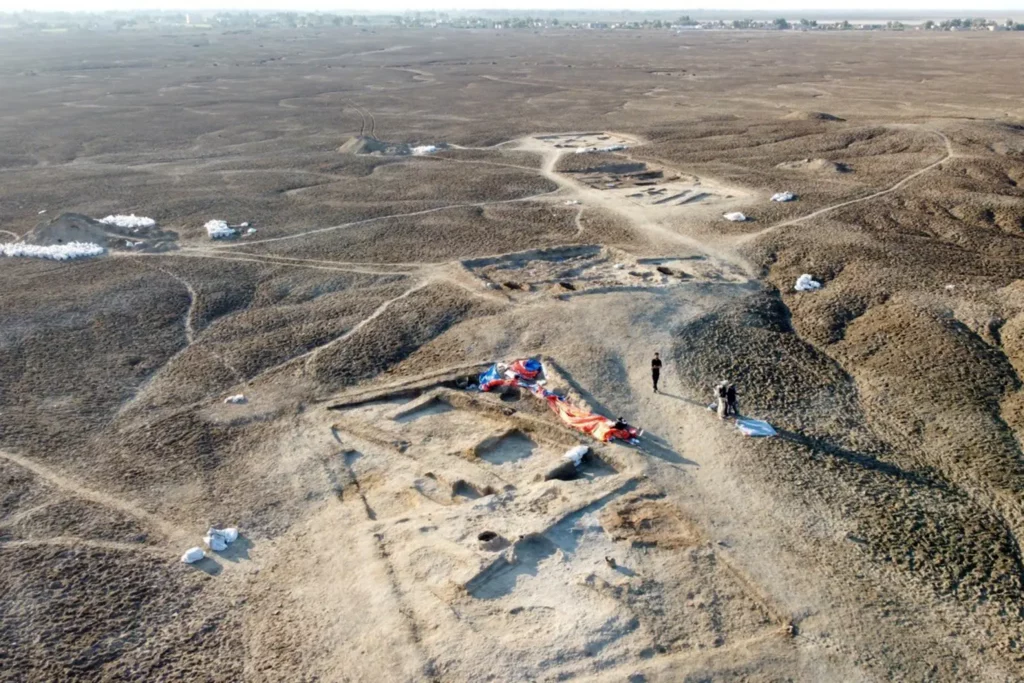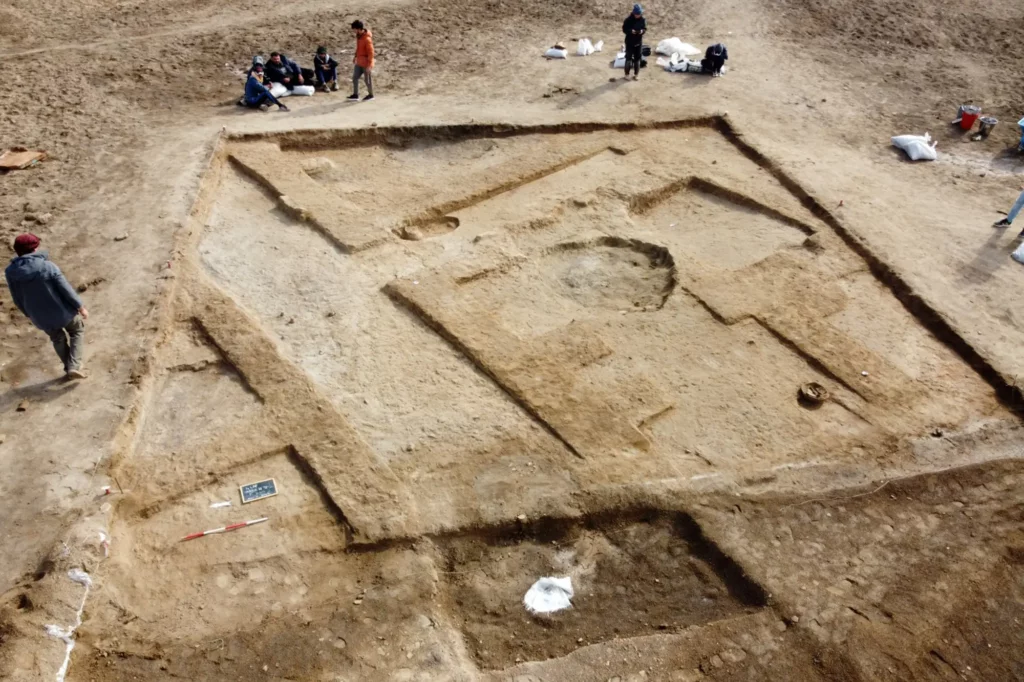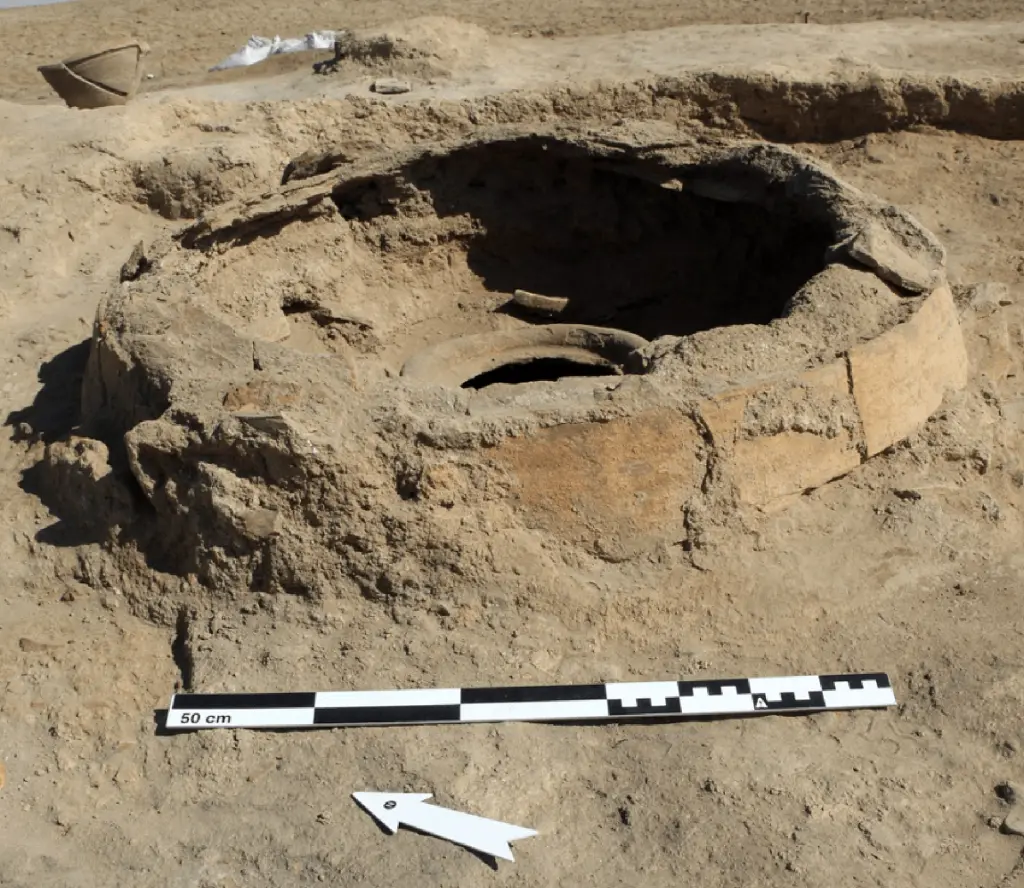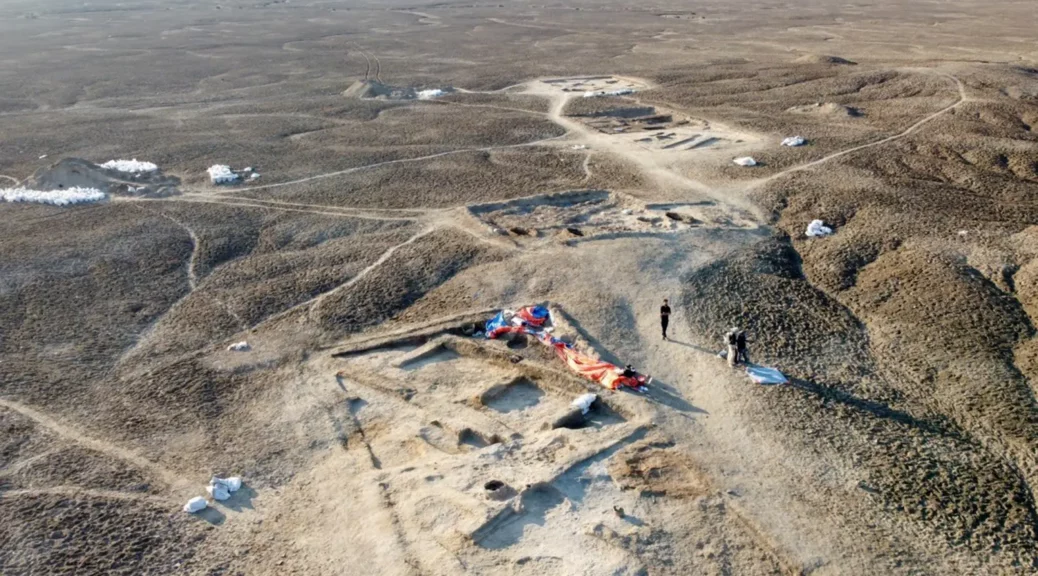5,000-year-old ‘tavern’ discovered on an archeological dig

Archeologists unearthed a 5,000-year-old “tavern” in one of southwest Asia’s earliest cities.
A team of researchers studying the archeological site of Lagash in southern Iraq uncovered the public eating space, which dates back to 2700 B.C., according to the University of Pennsylvania.
The area was replete with benches, a type of clay refrigerator referred to as a “zeer,” an oven, and storage containers, many of which still contained food.

The area was replete with benches, a type of clay refrigerator referred to as a “zeer,” an oven, and storage containers.Lagash Archaeological Project
The tavern was discovered during an excavation in Lagash which sought items illustrating what life was like in the urban neighborhood.
“The site was of major political, economic, and religious importance,” Holly Pittman, a professor in Penn’s History of Art department, told the university. “However, we also think that Lagash was a significant population center that had ready access to fertile land and people dedicated to intensive craft production.”

Pittman likened the ancient metropolis to the city of Trenton, N.J., once known for being the East Coast’s center of manufacturing.
“In that way the city might have been something like Trenton,” she explained, “as in ‘Trenton makes, the world takes,’ a capital city but also an important industrial one.”
